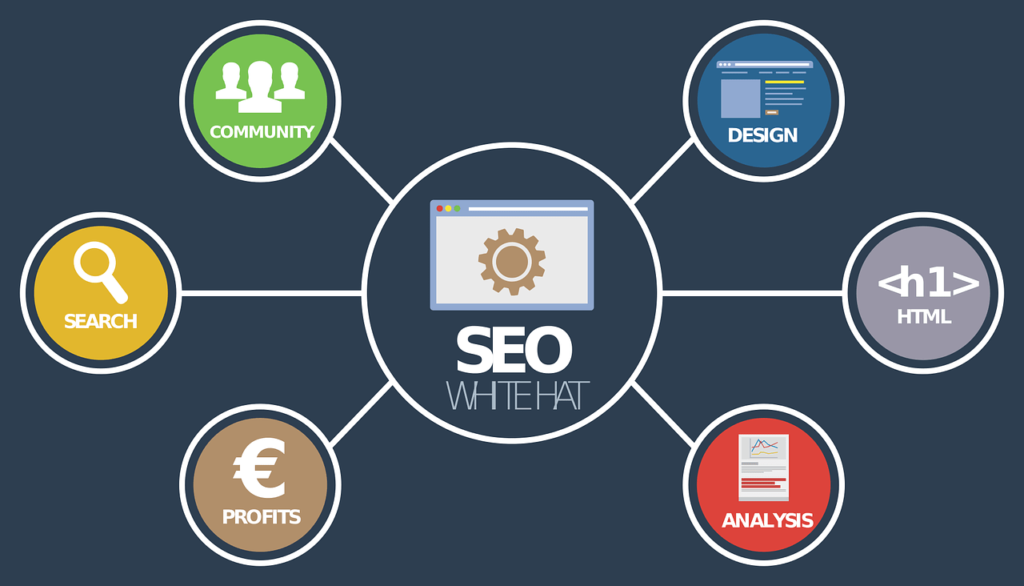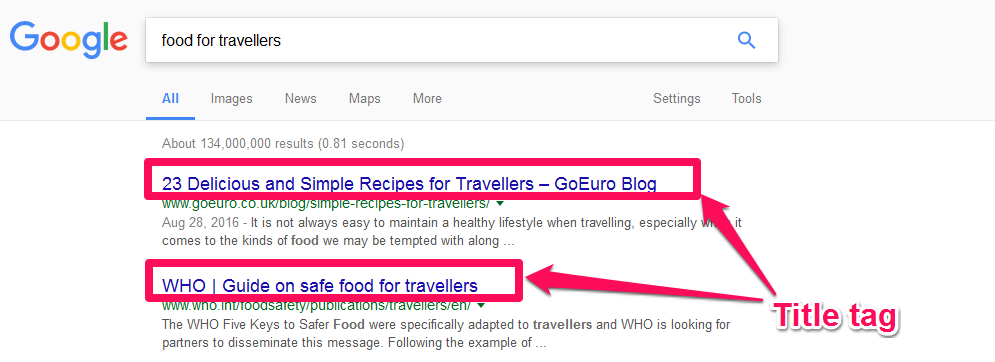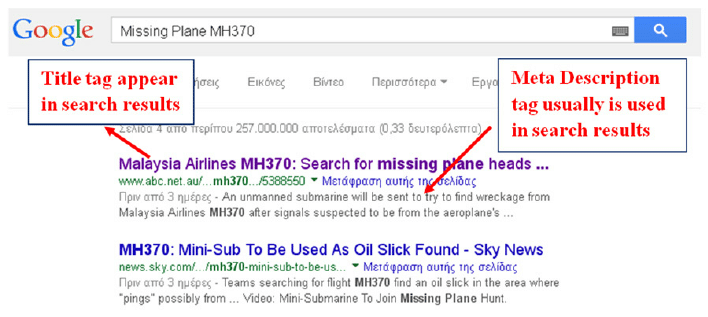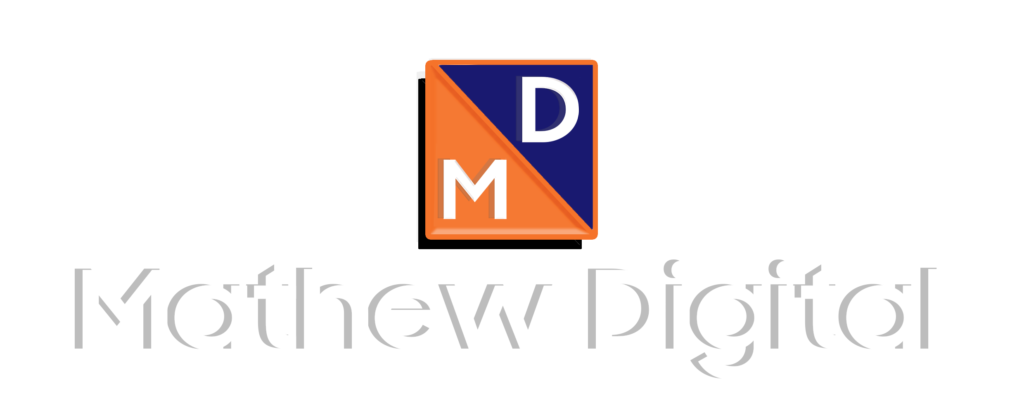
When you follow best practices for SEO and create quality content, you will be rewarded. If you don’t, then expect to meet the wrath of Google.
Some marketers have been punished with poor search results. Thanks to Google weeding out low-quality content. Keep this in mind when you start considering whether using a black-hat SEO technique is worth it or not.
Let’s get started with the basics of SEO for beginners and it is a guide to your SEO success:
Contents
Basics of SEO for beginners
A. What is SEO & Why is it Important?
Search engine optimization is the process of optimizing web pages and their content to be easily discoverable by users searching for terms relevant to your website. The term SEO also describes the process of making web pages easier for search engine indexing software, known as “crawlers,” to find, scan, and index your site.
SEO Optimization – Learn to Optimize
If you want to know about the traffic coming to your website and you seriously intend to increase it then you must read the below points that will make your SEO knowledge and experience attain a new height.
While the concept of SEO is relatively straightforward, many newcomers to SEO still have questions about the specifics, such as:
How do you “optimize” your site or your company’s site for search engines?
How do you know how much time to spend on SEO?
How can you differentiate “good” SEO advice from “bad” or harmful SEO advice?
Perhaps the most important aspect of search engine optimization is how you can actually leverage SEO to help drive more relevant traffic, leads, and sales for your business.
Why Should You Care About SEO?
Billions of searches are conducted online every single day. This means an immense amount of specific, high-intent traffic. Many people search for specific products and services with the intent to pay for these things. These searches are known to have commercial intent, meaning they are clearly indicating with their search that they want to buy something you offer.
SEO primer
A specific search query like “I want to buy a car” displays clear commercial intent
People are searching for any manner of things directly related to your business. Beyond that, your prospects are also searching for all kinds of things that are only loosely related to your business. These represent even more opportunities to connect with those folks and help answer their questions, solve their problems, and become a trusted resource for them.
What Actually Works for Driving SEO Traffic from Search Engines?
It’s important to note that Google is responsible for the majority of the search engine traffic in the world. This may vary from one industry to another, but it’s likely that Google is the dominant player in the search results that your business or website would want to show up in, but the best practices outlined in this guide will help you to position your site and its content to rank in other search engines, as well.
Google’s algorithm is extremely complex, but you don’t have to worry about it:

Google is looking for pages that contain high-quality, relevant information relevant to the searcher’s query.
Google’s algorithm determines relevance by “crawling” (or reading) your website’s content and evaluating (algorithmically) whether that content is relevant to what the searcher is looking for, based on the keywords it contains and other factors (known as “ranking signals”). Google determines “quality” by a number of means, but a site’s link profile – the number and quality of other websites that link to a page and site as a whole – is among the most important. Increasingly, additional ranking signals are being evaluated by Google’s algorithm to determine where a site will rank.
SEO Keyword Research & Keyword Targeting Best Practices
A must-have skill in SEO for beginners. The first step in search engine optimization is to determine what you’re actually optimizing for. This means identifying terms people are searching for, also known as “keywords,” that you want your website to rank for in search engines like Google.
For example, you may want your widget company to show up when people look for “widgets,” and maybe when they type in things like “buy widgets.” The figure below shows search volume, or the estimated number of searches for a specific term, over a period of time:
Search volume for SEO keywords
Tracking SEO keywords is one of the basics of SEO for beginners. There are several key factors to take into account when determining the keywords you want to target on your site:
Search Volume – The first factor to consider is how many people are actually searching for a given keyword. The more people there are searching for a keyword, the bigger the potential audience you stand to reach. Conversely, if no one is searching for a keyword, there is no audience available to find your content through search.
Relevance – A term may be frequently searched for, but that does not necessarily mean that it is relevant to your prospects. Keyword relevance, or the connection between content on a site and the user’s search query, is a crucial ranking signal.
Competition – Keywords with higher search volume can drive significant amounts of traffic, but competition for premium positioning in the search engine results pages can be intense.
First, you need to understand who your prospective customers are and what they’re likely to search for. From there you need to understand:
How trusted and authoritative (in other words: how many links does the whole site get, and how high quality, trusted, and relevant are those linking sites?) other entire sites that will be competing to rank for the same term are
How well aligned they are with the keyword itself (do they offer a great answer to that searcher’s question)
How popular and authoritative each individual page in that search result is (in other words: how many links does the page itself have, and how high quality, trusted, and relevant are those linking sites?)
You can dive deeper into the process of determining how competitive keywords are by using WordStream founder Larry Kim’s competitive index formula.
On-Page Optimization for SEO
This is one of the basics of SEO for beginners. Once you have your keyword list, the next step is actually implementing your targeted keywords into your site’s content. Each page on your site should be targeting a core term, as well as a “basket” of related terms. In his overview of the perfectly optimized page, Rand Fishkin offers a nice visual of what a well (or perfectly) optimized page looks like:
Let’s look at a few critical, basic on-page elements you’ll want to understand as you think about how to drive search engine traffic to your website:
Title Tags
While Google is working to better understand the actual meaning of a page and de-emphasizing (and even punishing) aggressive and manipulative use of keywords, including the term (and related terms) that you want to rank for in your pages is still valuable. And the single most impactful place you can put your keyword is your page’s title tag.
The title tag is not your page’s primary headline. The headline you see on the page is typically an H1 (or possibly an H2) HTML element. The title tag is what you can see at the very top of your browser, and is populated by your page’s source code in a meta tag:
Title tags for SEO

Your title tag matches your organic result headline: Make it clickable
This is also one of the basics of SEO for beginners. The length of a title tag that Google will show will vary (it’s based on pixels, not character counts) but in general 55-60 characters is a good rule of thumb here. If possible you should work on your core keyword, and if you can do it in a natural and compelling way, add some related modifiers around that term as well. Keep in mind though: the title tag will frequently be what a searcher sees in search results for your page. It’s the “headline” in organic search results, so you also want to take how clickable your title tag is into account.
Meta Descriptions
Other basics of SEO for beginners. While the title tag is effectively your search listing’s headline, the meta description (another meta HTML element that can be updated in your site’s code, but isn’t seen on your actual page) is effectively your site’s additional ad copy. Google takes some liberties with what they display in search results, so your meta description may not always show, but if you have a compelling description of your page that would make folks searching likely to click, you can greatly increase traffic. (Remember: showing up in search results is just the first step! You still need to get searchers to come to your site, and then actually take the action you want.)
Here’s an example of a real-world meta description shown in search results:

Body Content
The actual content of your page itself is, of course, very important. Different types of pages will have different “jobs” – your cornerstone content asset that you want lots of folks to link to needs to be very different than your support content that you want to make sure your users find and get an answer from quickly. That said, Google has been increasingly favoring certain types of content, and as you build out any of the pages on your site, there are a few things to keep in mind:
Alt Attributes
How you mark up your images can impact not only the way that search engines perceive your page but also how much search traffic from the image search your site generates. An alt attribute is an HTML element that allows you to provide alternative information for an image if a user can’t view it. Your images may break over time (files get deleted, users have difficulty connecting to your site, etc.) so having a useful description of the image can be helpful from an overall usability perspective. This also gives you another opportunity – outside of your content – to help search engines understand what your page is about.
You don’t want to “keyword stuff” and cram your core keyword and every possible variation of it into your alt attribute. In fact, if it doesn’t fit naturally into the description, don’t include your target keyword here at all. Just be sure not to skip the alt attribute, and try to give a thorough, accurate description of the image (imagine you’re describing it to someone who can’t see it – that’s what it’s there for!).
By writing naturally about your topic, you’re avoiding “over-optimization” filters (in other words: it doesn’t make it look like you’re trying to trick Google into ranking your page for your target keyword) and you give yourself a better chance to rank for valuable modified “long tail” variations of your core topic.
URL Structure
Your site’s URL structure can be important both from a tracking perspective (you can more easily segment data in reports using a segmented, logical URL structure), and a shareability standpoint (shorter, descriptive URLs are easier to copy and paste and tend to get mistakenly cut off less frequently). Again: don’t work to cram in as many keywords as possible; create a short, descriptive URL.
Moreover: if you don’t have to, don’t change your URLs. Even if your URLs aren’t “pretty,” if you don’t feel as though they’re negatively impacting users and your business in general, don’t change them to be more keyword-focused for “better SEO.” If you do have to change your URL structure, make sure to use the proper (301 permanent) type of redirect. This is a common mistake businesses make when they redesign their websites.
Schema & Markup
Finally, once you have all of the standard on-page elements taken care of, you can consider going a step further and better helping Google (and other search engines, which also recognize schema) to understand your page.
Schema markup does not make your page show up higher in search results (it’s not a ranking factor, currently). It does give your listing some additional “real estate” in the search results, the way ad extensions do for your AdWords ads.
We will come up with more on SEO and how to utilize it to your benefit for online success. Cheers!




